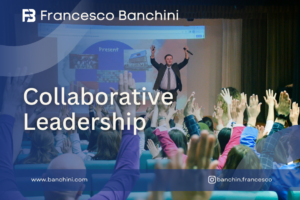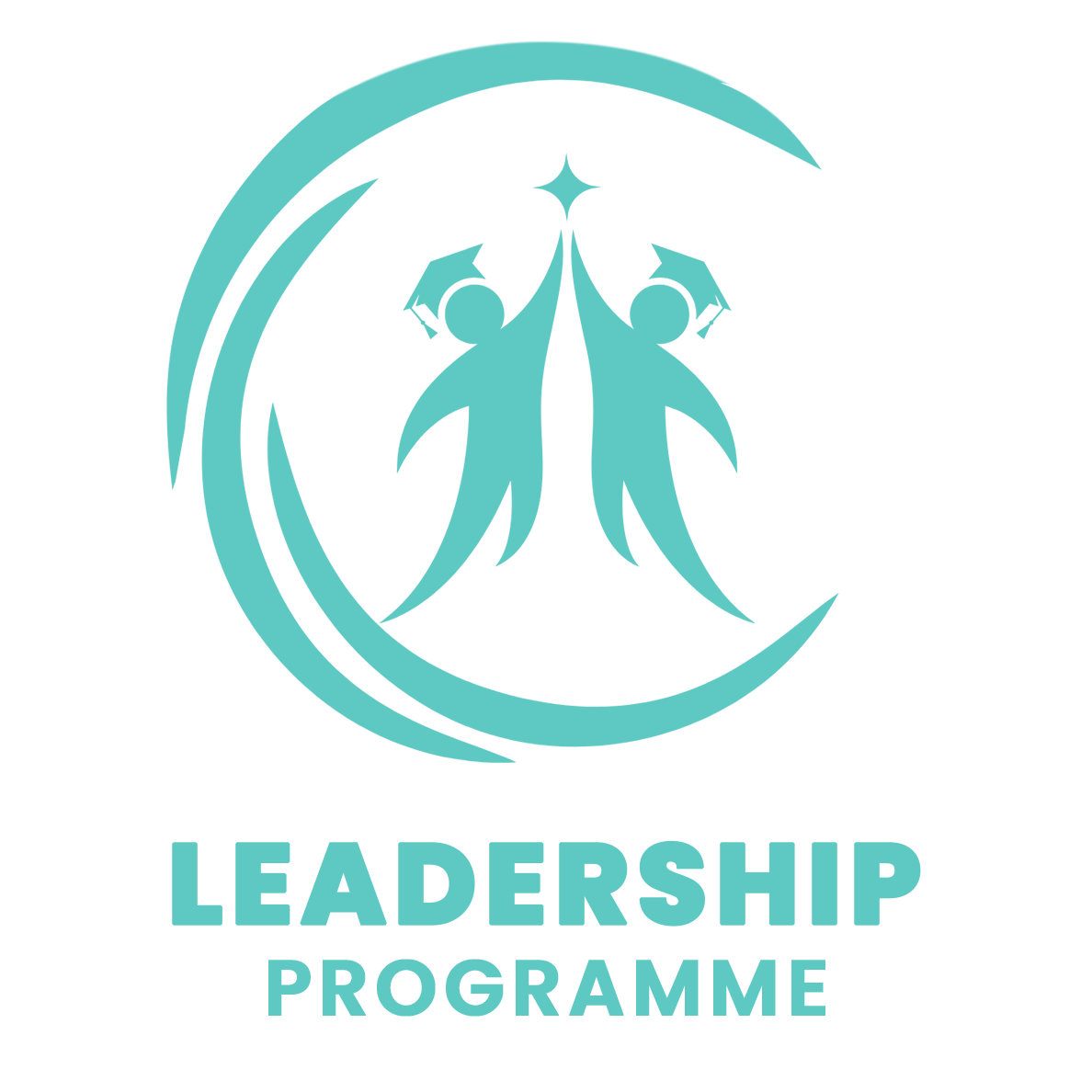
A Journey Into an Organic Solidarity Education

Throughout history, we can see that people consolidate themselves in different organizations, where every individual has his/her own talent or gift to contribute and be an essential part of the global community. According to Gabler (2010, p.41), individuals tend to be focused on similarities rather than differences in social organizations, consequently we have different societies; and for many centuries, people lived in villages, cities, and states, under the premise of having a good organizational system ruled by religion, philosophy and politics.
If we analyse a single society, we can see that it is designed as a relationship between different entities and groups, which is separated into different levels; if we look into the social structure it is possible to see how the action of individuals is determined on both a macro and micro scale; on a macro scale the structure of the social network links individuals to organizations and on the micro scale the social system is ruled by norms that shape the behaviour of individuals.
In a social structure, education has an important part for every individual, who follow it in various stages and use different approaches and methodologies to transfer knowledge, skills and habits through generations. If we consider how education was in the past we need to think that there were no schools, or institutions like we have today. Adult’s transmitted knowledge and skills to young learners, they prepared and trained them with all necessities that their society required using methods such as imitation and repetition as a fundamental of mnemonic technique verbally transferred. Weber called these masters traditional authority whose demands for compliance and loyalty are legitimated by sacred, inviolable traditions and knowledge (Collins, 1985).

Music was always an essential and strong part of education in every culture in the past; most of the time musical knowledge and skills were orally transmitted from expert individuals who occupied a specific role in a highly stratified social system. Reynolds (1997) said that the elite occupies what Mills terms the top command posts of society. These positions give their holders enormous authority over not just governmental, but financial, educational, social, civic, and cultural institutions as well. A small group is able to take fundamental actions that touch everyone. If we look at the Egyptians, music had a divine origin and the guardian of this art was the priest caste. According to Banchini (2013, p.13), music in Egypt was practiced at all levels of society: the chants accompanying the various stages of field work, rest and entertainment at banquets, events and declarations of love, magical rites, funerals, were popular and legendary songs. In China during the Han Dynasty, 206 B.C. – 221 A.C., the first Royal office of music was introduced, having the assigned job to record and make a list of everything related with music and linked with acoustics. Chinese society was meticulous about describing many different aspects of music, the performance, the groups, costumes and repertoire; however it is with the Greek culture and Plato’s academy that we have music education as a significant aspect of the curriculum.
In the books of Laws (I, pp.626-628; II: p.663), Plato underlines the primary purpose of education and explains how culture produces good citizens, since a well ordered state is essential for human fulfilment (Republic, IV, pp.419-421). The state must avoid internal division and conflict, but needs to control passions, desires and promote temperance, justice and reason. Thus, Plato encourages a society, which satisfies all citizens and preserves them from all threats, foreign and domestic. For this reason, he says the most important courses for young children are gymnastic and music (Laws, VII, pp.795-796). Physical training is to lead to overall health and preparation for military service; music trains people to have patience and develop skills and it encourages character to find harmony in the community. Here we have an early example of functionalism, where it is crucial to have collective principles and share values to achieve social order; if members of society have shared values, they therefore also have similar identities, which fosters cooperation and avoids conflicts. In a review on a history learning website, Bryant (2014) explains that Durkheim believes that education transmits society’s norms and values and brings together the masses, moving them into a united whole which leads to social solidarity. Conversely Parsons, believes that education trains people for their future roles in society and leads to universal values which form a link between family and the wider society, which in turn leads to secondary socialization (secondary socialisation takes place outside the home. It is where children and adults learn how to act in a way that is appropriate for the situations that they are in.)
In these three interpretations of education, social order is seen as a requirement for a flourishing and growing society, where everyone shares and works together, to avoid disagreements. This concept, reminds us of the approach of formal education in the Middle Ages, where the centres of knowledge and politics were monasteries in the West, while in the Middle East the centres of knowledge were in the academy of Gundishapur in Persia, the house of wisdom in Iraq, Al-Azhar University in Egypt (Morgan, 2007).
The hierarchical structure of these institutions played a large role in the preservation and continuation of science and comprehension; order in the community was determined by collective habits and social phenomena where individual manifestations reflected what was expected by their culture. The largest part of their contribution was to keep the textual traditions of philosophers likes Aristotle and Plato alive. Monks learned the classical Greek texts and subsequently studied more practical and daily texts (Wikipedia 2014). This is also true of teachers in the Middle East. Many of the great libraries and scriptoria’s in monasteries, schools and universities existed because of the obligation of dedicated people to teach young boys (coming commonly from rich families), who came under their tutorage having been committed to an educational life by their parents (Lindberg 2007 p. 159). These monasteries developed their curriculum from the Greek idea of teaching the seven liberal arts which went under the name of Trivium (Grammar, Logic, Rhetoric) and Quadrivium (Arithmetic, Geometry, Music, Astronomy), the first was the preparation for the second.

Referring to music in the Middle Ages, Borris (1950 cited by Sadie 1995, Vol.17, p.434), said that music was one of the chief instruments used throughout the Middle Ages by the church to fulfil the most important social task i.e. that of preserving feudalism. Music, as a subject, was originally linked with the study of harmonics and the proportions between musical intervals and the division of the monochord (Wikipedia 2014). The framework of classical harmonics would influence the content and structure of music theory as was practised both in European and Islamic cultures with specific centres in Iraq, Persia and Egypt, as I mentioned above.
In the Middle Ages the concept of family was strong and had an important link with the structure of society. Following the rules was key, individuals acted and thought in the same manner, especially during because religion was a strong controller of individuals and of their consciousness and aimed to standardize social facts.
‘A social fact is every way of acting, fixed or not, capable of exercising on the individual an external constraint’. (Durkheim 1895 cited by Worsley 1991. p.33).

Social facts were part of Durkheim’s attempts to establish society as an entity sui generis, and in order to qualify as social facts, phenomena needed to satisfy two criteria: the first is that they had to exist outside the individual, and in the Middle Ages the idea of religion was a concept outside the individual; the second criterion was that they had to exist prior to the individual. Social facts also included social currents, group experiences, emotions that transcended the individual and emerged only in the context of collectivism, where they forced individuals to act in ways they would not have considered possible if acting individually, isolated from others (Cuff, Sharrock, Francis, 2006).
The growth of capitalism was an activating force in the cultivation and dissemination of music throughout Europe in the Renaissance period (Barker 1969 cited by Sadie 1995, Vol.17, p.434). During the early Renaissance, universities continued to follow the medieval pattern. Sadie argues that, (1995, Vol.6 p.8) Musica speculativa, a text from De Muris explaining the principles of harmony, was an essential part of the Quadrivium, and practical musical skills were cultivated in educational foundations. Although, music as a science was gradually allied with physics, it continued to be emphasized as a separate art. The linking of music to humanistic studies, particularly Greek and Latin literature, was a characteristic of the Renaissance period. A web article (Universidad de Somoso 2009) states that the invention of the printing press in the mid-15th century made books more widely available and increased literacy rates. Elementary schools educated middle-class children while lower-class children received nothing. Children of the nobility and upper classes attended humanist secondary schools. Educational opportunities for women improved slightly during the Renaissance, especially for the upper classes. Some girls from wealthy families attended schools of the royal court or were tutored at home. The curriculum studied by young women was still based on the belief that only certain subjects, such as art, music, needlework, dancing, and poetry, were suitable for females. For working-class girls, especially rural peasants, education was still limited to training in household duties such as cooking and sewing (Muli, 2012).
The religious Reformation of the 16th century manifests a decline of the Catholic Church. Protestant religious reformers, such as Calvin, Luther, and Zwingli, rejected the authority of the Catholic pope and created reformed Protestant, churches. Their purpose was to instruct people using their native language. They founded vernacular primary schools that offered a basic curriculum of reading, writing, arithmetic, music and religion for children in their own language. While the vernacular schools educated both boys and girls at the primary level, upper-class boys attended preparatory and secondary schools that continued to emphasize Latin and Greek. A web article from the Universidad the Somoso(2009) states that Martin Luther believed the state, family, and school, along with the church, were leaders of the Reformation. Since the family shaped the children’s character, Luther encouraged parents to teach their children reading and religion. Luther believed that the government should assist schools in educating literate, productive, and religious citizens.
Durkheim affirms that individuals are part of the community, living and having a role in society with the church as a moral authority of social solidarity and cognitive capacity.
“The individuals who comprise the group feel joined to one another by the fact of common faith. A society, whose members are united because they imagine the sacred world and its relations with the profane world in the same way, and because they translate this common representation into identical practices, is what is called a Church” (Durkheim 1912, cited by Field 1995, p.39).
Parsons moved on Durkheim in studying individualism, meritocracy and self-discipline to promote consensus and social stability as a major transformation of society (Turner 2005). With the renaissance, society changed according to the necessity of the government and everyone had a chance to learn how to read and write.

During the XVIIth century one of the educational pioneers called Comenius defined a new way of thinking about education, and believed that understanding comes not in the mere learning of the names of things, but in the actual perception of the things themselves (Guisepi 2007). Comenius in his book The Great Didactic explained that external music begins to delight infants at two years of age and recommended the exposure to music from the first year of life. In contrast to Comenius, the philosopher Locke declared that musical learning was a waste of time (Mark, 2008). Rousseau in the XVIIIth century represented a major change, in educational terms, in his book Emile, ou l’éducation, he introduces a new idea that music deserves attention in the school programme because of the psychological and social benefits it offers. Rousseau in his theory emphasizes the potential that music has on an individual’s emotions and the power that it has on the global community (Palmer, 2001). An article from the Royal Conservatory of Music in Ontario (Foster, et al., 2014), describes how music education will benefit the students by improving language abilities, increasing emotional resilience, empathy, attention and focus, and improving self-confidence.
If we look at Durkheim’s concept of cognitive categories, music is a language of communication and expresses different feelings to the community; consequently, it is an essential element in social order theory (Alexander, Chavenson, 2014). In the XIXth century the spirit of nationalism grew stronger and, with it, the belief in the power of education to shape the future of nations as well as individuals (Guisepi, 2007).
Tag:education





